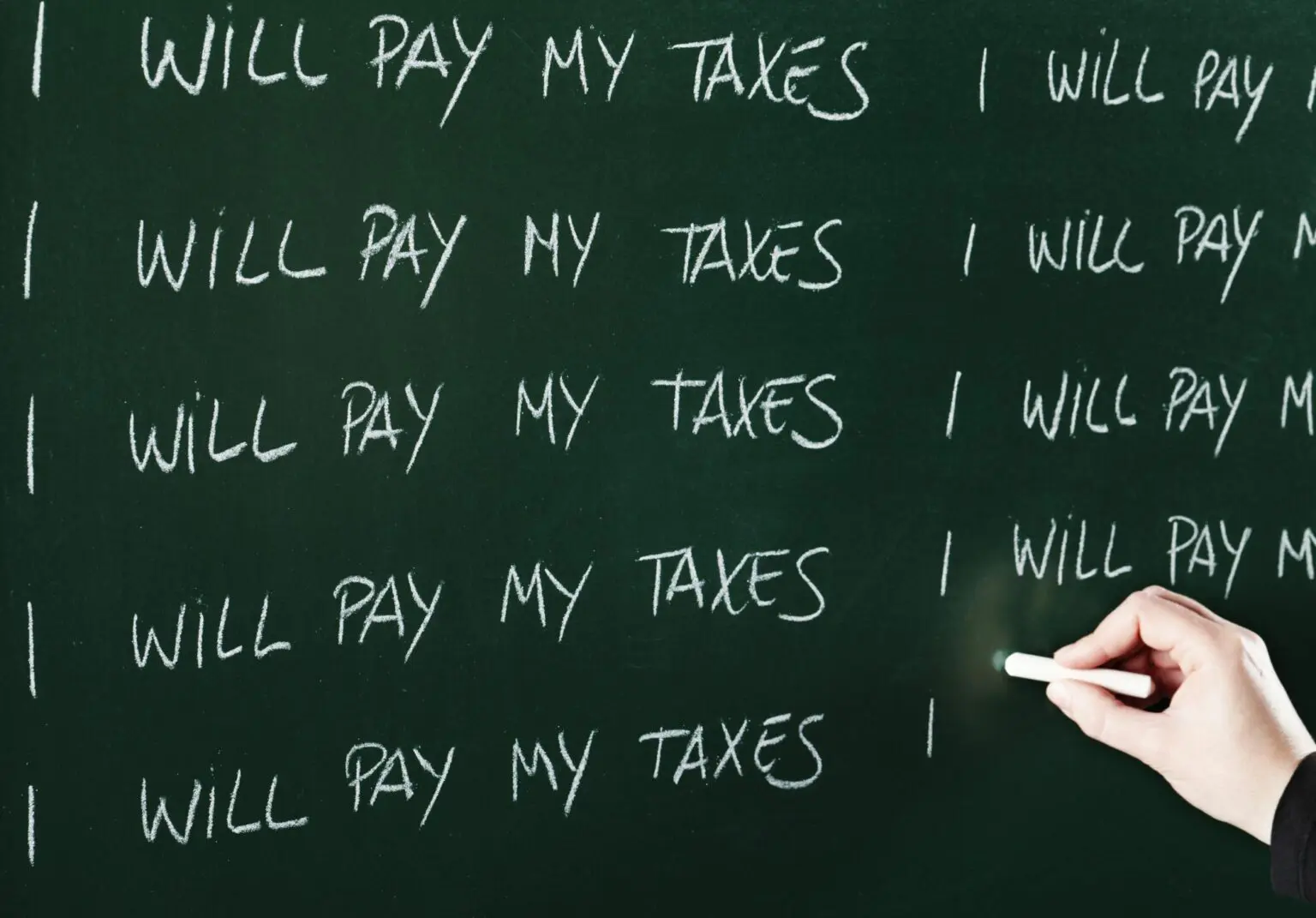When you don’t pay your payroll taxes, the failure-to-file, failure-to-deposit and failure-to-pay penalties the IRS assesses can potentially double the amount you owe.
If you made an isolated mistake and didn’t file, deposit or pay your payroll taxes for a pay period, you can request a first time abatement waiver that forgives these penalties.
To be eligible for the waiver, you must show:
- Your mistake was isolated.
- You don’t have significant failure-to-file, failure-to-deposit or failure-to-pay penalties in the past three years.
- You’re current with your payroll tax payments.
You don’t have to wait for the IRS to penalize you to ask for relief. You can ask the IRS in advance not to penalize you by filing a penalty non-assertion request.
If the IRS has already penalized you, contact the IRS and ask for a penalty abatement. Even if you’ve already paid the penalty, you might be able to get a refund.
File Form 843, “Claim for Refund and Request for Abatement” http://www.irs.gov/instructions/i843/index.html within:
- Three years of due date or filing date of the return for which you paid the penalty.
- Two years of the date on which you paid the penalty.
IRS Penalty Tool
The IRS uses an automated tool called the Reasonable Cause Assistant that determines if you’re eligible for a penalty abatement waiver.
If you call the IRS to request penalty abatement, the representative will ask you questions and enter your answers into the Reasonable Cause Assistant program. When the interview is complete, the program provides the representative with a determination.
If the representative denies your request, you can argue your case by asking him to override the result from the Reasonable Cause Assistant.
If that doesn’t work, ask to speak to the representative’s manager and make your case to the manager.
If all else fails, contact the Taxpayer Advocate Service to get help. Remember this program is only for first time abatement waivers. If you have multiple periods of liability, have a history of unpaid liabilities, or are not current with your tax payments, an abatement case becomes much more complicated and is less likely to be successful.
Keep Trying
With persistence, you can often persuade the IRS to reverse its decision and grant you abatement. This is where it is often beneficial to enlist the help of a tax professional who regularly deals with tax resolution issues.
If your request is granted, you will receive Letter 3502C or Letter 3503C for individual failure-to-file and failure-to-pay penalty abatements, and Letter 168C for a failure-to-deposit penalty abatement about four weeks after the IRS grants your waiver.
Tax laws and tax rules are constantly being updated and interpreted. This article contains general information, so please discuss your individual situation with a trusted tax adviser before making tax decisions.

